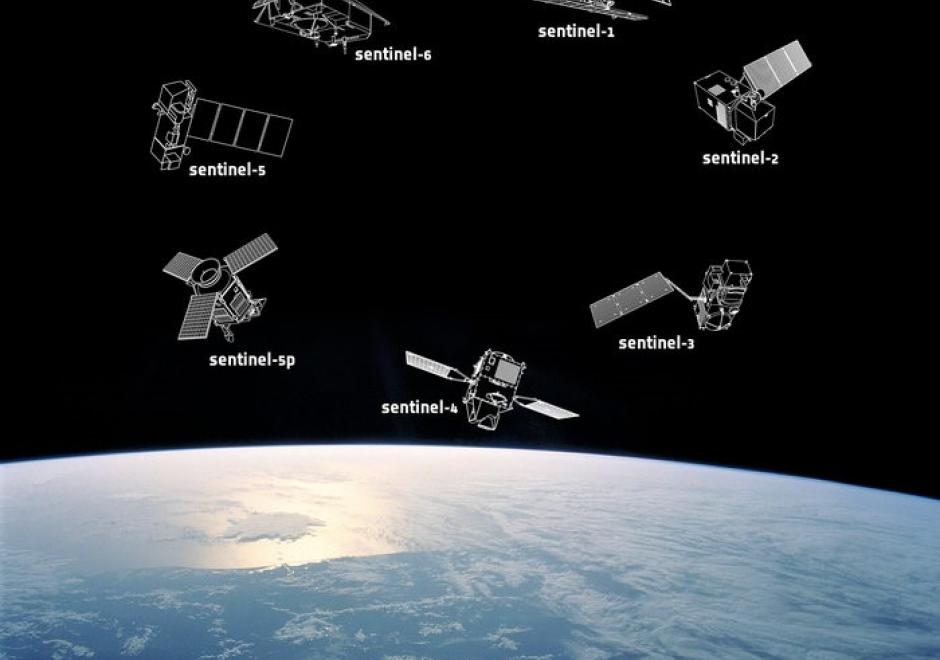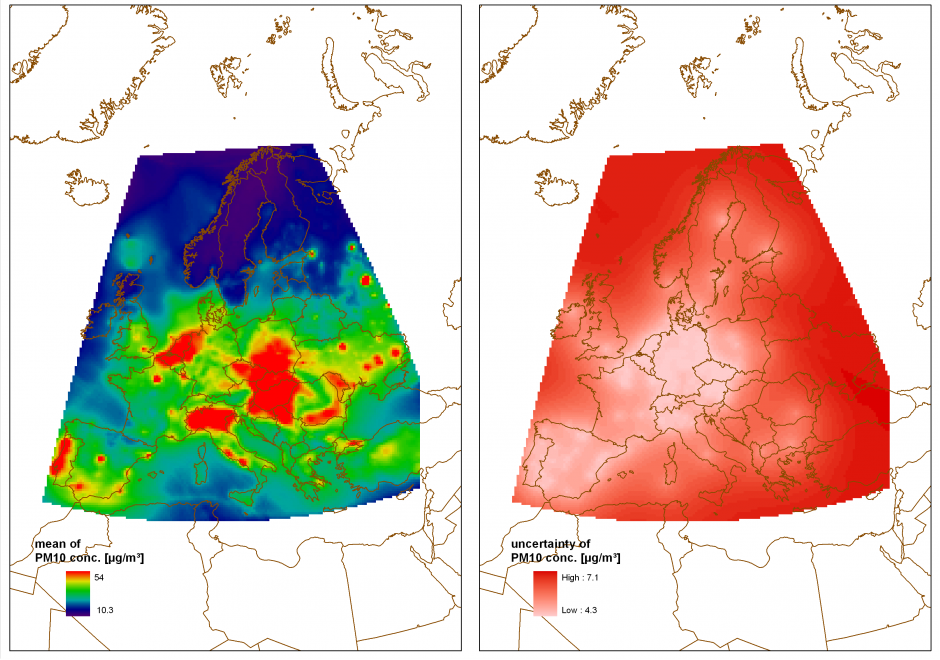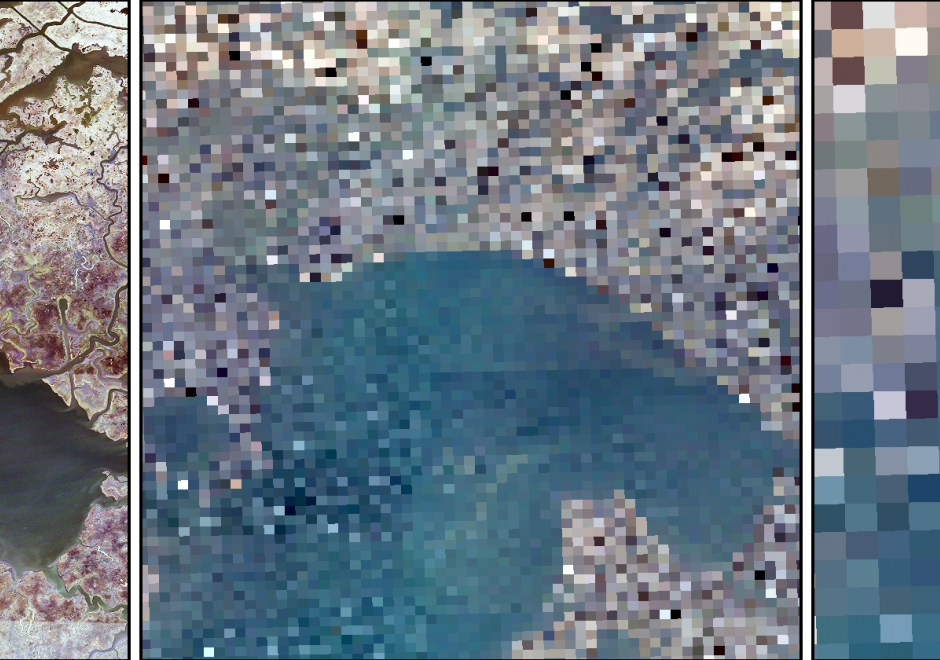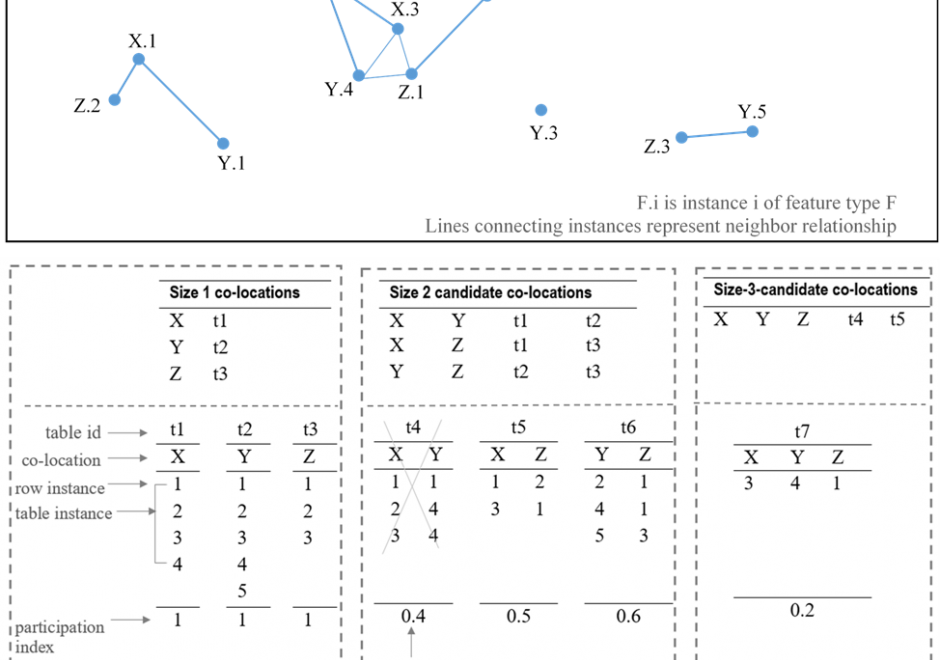CV-20 - Raster Formats and Sources

- Explain how color fastness and color consistency are ensured in map production
- Compare outputs of the same map at various low and high resolutions
- Differentiate among the various raster map outputs (JPEG, GIF, TIFF) and various vector formats (PDF, Adobe Illustrator Postscript)
- Compare and contrast the file formats suited to presentation of maps on the Web to those suited to publication in high resolution contexts
- Compare and contrast the issues that arise for map production using black-and-white and fourcolor process specifications
- Outline the process for the digital production of offset press printed maps, including reference to feature and color separates, feature and map composites, and resolution
- Critique typographic integrity in export formats (e.g., some file export processes break type into letters degrading searchability, font processing, and reliability of Raster Image Processing)
- Prepare a map file for CMYK publication in a book
- Prepare a map file for RGB presentation on a Web site
- Discuss the purpose of advanced production methods (e.g., stochastic screening, hexachrome color, color management and device profiles, trapping, overprinting)





PD-15 - R for Geospatial Analysis and Mapping
R is a programming language as well as a computing environment to perform a wide variety of data analysis, statistics, and visualization. One of the reasons for the popularity of R is that it embraces open, transparent scholarship and reproducible research. It is possible to combine content and code in one document, so data, analysis, and graphs are tied together into one narrative, which can be shared with others to recreate analyses and reevaluate interpretations. Different from tools like ArcGIS or QGIS that are specifically built for spatial data, GIS functionality is just one of many things R offers. And while users of dedicated GIS tools typically interact with the software via a point-and-click graphical interface, R requires command-line scripting. Many R users today rely on RStudio, an integrated development environment (IDE) that facilitates the writing of R code and comes with a series of convenient features, like integrated help, data viewer, code completion, and syntax coloring. By using R Markdown, a particular flavor of the Markdown language, RStudio also makes it particularly easy to create documents that embed and execute R code snippets within a text and to render both, static documents (like PDF), as well as interactive html pages, a feature particularly useful for exploratory GIS work and mapping.